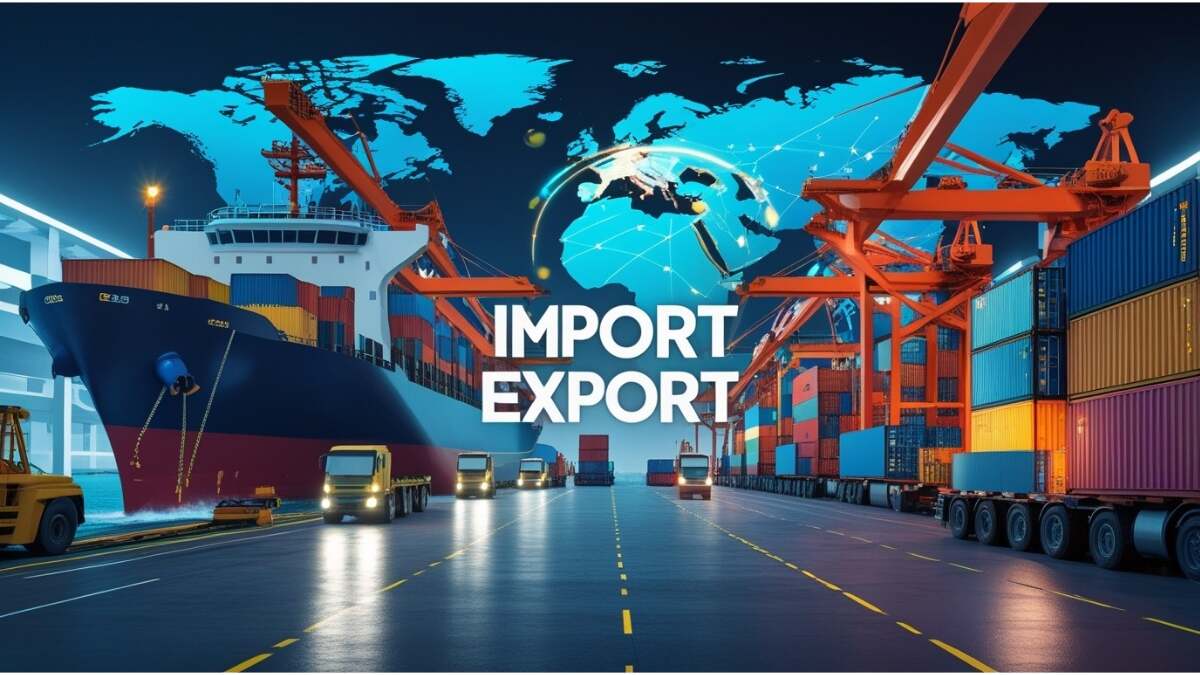U.S. tariffs have increased to their highest levels since the 1930s as a result of Trump’s trade battle, and the president has often threatened to impose further taxes.
Prior to their third-quarter reports, multinational corporations reported over $35 billion in expenditures related to U.S. tariffs; however, many are reducing their original projections as new trade agreements lessen their exposure to President Donald Trump’s levies.
Overall, the veil that froze many firms is lifting, enabling CEOs to predict expenses and make plans, including some price rises. Trump’s trade war has raised U.S. tariffs to their highest levels since the 1930s, and the president has often threatened further charges.
According to a Reuters study of hundreds of business comments, regulatory filings, and earnings calls between July 16 and September 30, companies projected a cumulative financial hit of $21.0 billion to $22.9 billion for 2025, with an effect of about $15 billion in 2026.
The $34 billion total in May, just after Trump’s “Liberation Day” tariffs in April shook global supply chains, is in contrast to the more than $35 billion total. However, the trend conceals a change: Toyota’s $9.5 billion projection is mostly to blame for the rise. Trump’s lower-rate trade agreements with the EU and Japan have caused many other businesses to reduce their previous worst-case projections. The numbers include estimates from a set of businesses that overlap in both the full and partial years.
There are around 60 enterprises in each category
Following the EU agreement, French spirits producers Remy Cointreau and Pernod Ricard both reduced their projections of tariff pain, while Sony did the same in August.
Additionally, Trump made exclusions; for example, only around one-third of Brazil’s exports are subject to a 50% duty.
Tariffs are becoming more transparent. In an interview with Reuters in mid-October, Stellantis CEO Antonio Filosa revealed fresh information on a $13 billion, four-year investment in U.S. manufacturing. He said, “We feel that tariffs will be simply another aspect of our business equation that we need to be ready to handle, and we will.” In July, Stellantis issued a warning about the 1.5 billion euros that U.S. tariffs will cost this year.
“I believe there is this feeling that we hit a sort of landing spot with some of the bilateral trade treaties,” Andrew Wilson, deputy secretary general of the International Chamber of Commerce, said.
“However, there will still be a significant deal of complexity and ambiguity.”
For example, Trump suggested imposing extra 100% tariffs on China earlier this month. He criticized Beijing for the recent tense trade discussions between the two nations and said on Friday that the planned tariffs would not be sustainable.
It is hardest for consumers and manufacturers
According to LSEG statistics, the profits growth rate for S&P 500 businesses is expected to be 9.3% for the July-September period, down from 13.8% during the second quarter. Due in large part to AI investment, the U.S. IT industry is responsible for that.
It is anticipated that Europe’s Stoxx 600 would expand by 0.5%, compared to 4% in the previous quarter.
Businesses that rely on nations without trade agreements bear the brunt of the suffering.
Late last month, Nike, which has a large reliance on suppliers in Vietnam and other Asian nations, increased its estimate of the tariff effect from $1 billion to $1.5 billion. H&M warned that U.S. import duties will have a greater impact on profits in the quarter through November, while Tefal kitchenware manufacturer SEB recently lowered its profit projection in Europe, citing lower demand as consumers took a wait-and-see stance in part because of tariffs.
Daniel Erver, the CEO of H&M, told Reuters, “We are worried about the U.S. coming into the fourth quarter, both tied to the effect of tariffs on the gross margin but equally also the consumer attitude.” “The price rises are visible.” The most common impact of tariffs mentioned by businesses in the Reuters tracker is price rises.
Together, automakers Ford, Stellantis, Volkswagen, and Toyota have claimed expenses associated with tariffs in the billions. For example, Ford anticipates a total effect of $3 billion.
However, as Trump has taken steps toward substantial tariff relief for U.S. auto manufacturing, which may effectively erase many of the expenses that have hurt major manufacturers, confidence has somewhat increased among automakers and auto parts suppliers.
Additionally, pharmaceutical companies have begun implementing agreements related to U.S. tariff exemptions on medication manufacture and pricing.
There will likely be other companies that follow in the footsteps of Pfizer and AstraZeneca.

